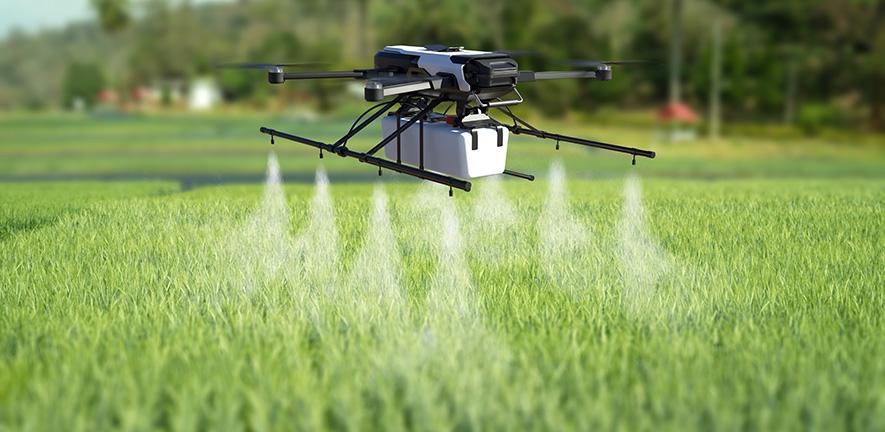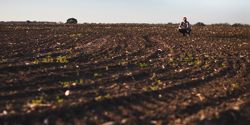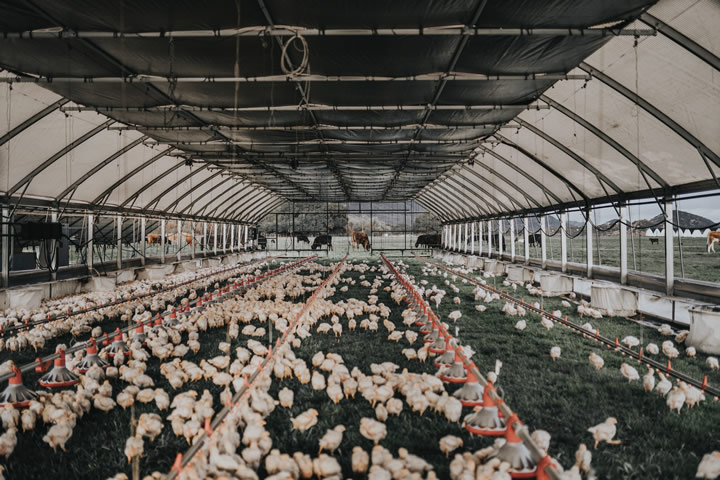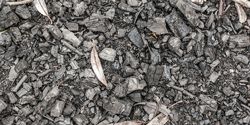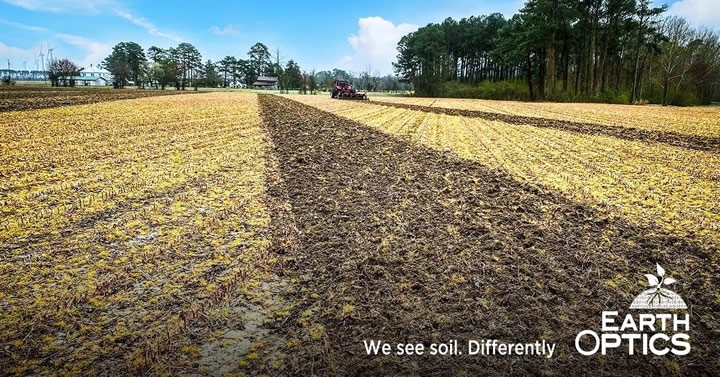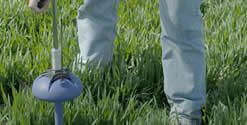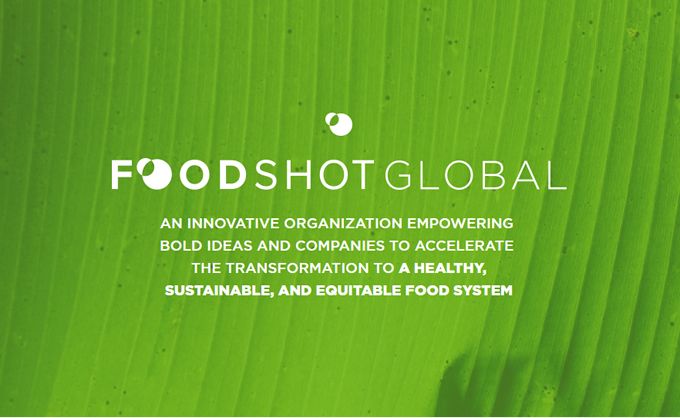Case Study from Biome Makers: Biological Input Analysis
Risks of using AI to grow our food are substantial and must not be ignored, warn researchers
Soli Organic™ to Build First Soil-Based Organic Indoor Farm in Seattle Area
Black Gold is Worth the Wait: A Soil Health Mindset
Implementing Erosion Control Strategies on Modern Job Sites: 5 Critical Considerations
Perdue Farms Expands Pasture-Raised Chicken Program, Unique Raising Practice Yields Increased Nutrient Density and Regenerative Environmental Benefits
Does Biochar Have a Future in Agriculture?
EarthOptics Raises $10.3 million in Series A Funding, Led by Leaps by Bayer, to Accelerate Carbon Mapping
The Use of Biostimulants for Enhancing Soil Nutrient Content
The 13.5% Barometer
NASA Harvest And CropX Partner To Support Sustainable Ag Initiatives
Creating a Sustainable Future for the Chesapeake Bay Watershed and Its People
How Curating Weather And Soil Data Can Produce Actionable Environmental Intelligence
FoodShot Global Announces Winners to First Moonshot Challenge
Economics of Soil Health to be Assessed across North America
Records 16 to 30 of 35
First | Previous | Next | Last
Featured Product



